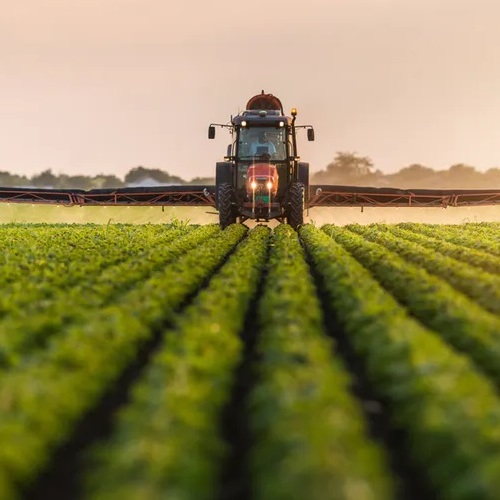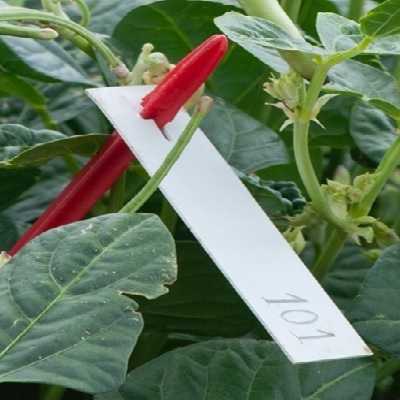The most basic goal of human civilization is to guarantee food security for all of us; now and in the future.
With the current unprecedent human population growth, this goal becomes harder and harder to accomplish.There are simultaneously more mouths to feed and less available land to cultivate. Combined with pollution and shortage of natural resources, we must learn how to produce a lot more, with a lot less (water, chemicals, money and soils). This is how “basic” food security becomes an overwhelming task..
To cope with this daunting reality we need well-adapted, high yield and nutritious crop varieties.
However, after years of human artificial selection, most crops are down to a narrow genetic pool. Classic crop improvement relies on genetic variability from where to select breeding populations with advantageous traits, a variability that is being lost with monoculture. In order to minimize this genetic bottleneck and amplify the available genetic diversity, we must collect and characterize as many populations as possible, both landraces and wild relatives..
Our project CoHeSus, is in line with these challenges and the expected results will contribute to the overwhelming global issue of food security.
On one hand, we will use genetic markers to characterize both, landraces from different geographical origins and wild related species. On the other hand, for breeding purposes, the varieties better adapted to drought and heat and with the richest content in bioactive compounds will be used.






